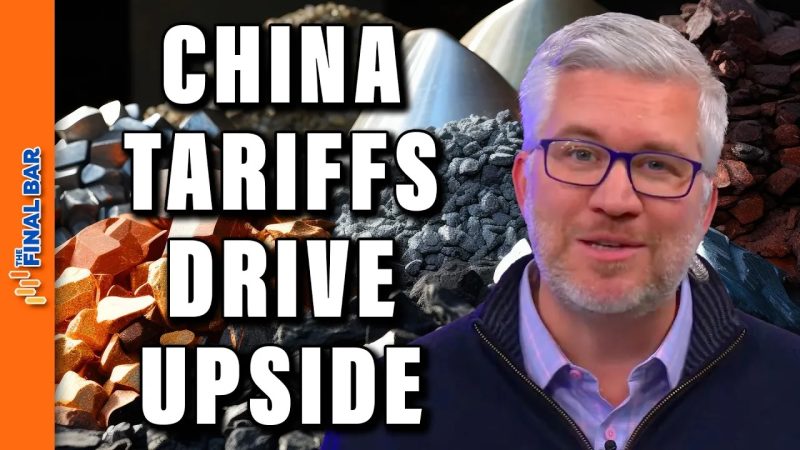The geopolitical landscape is ever-evolving, presenting challenges and opportunities for various industries across the globe. One such industry that has recently been thrust into the spotlight is the rare earth minerals sector. Rare earth minerals are a group of 17 elements crucial for the production of high-tech devices, renewable energy technologies, defense systems, and many other modern applications.
Recent developments in China, the world’s largest producer of rare earth minerals, have caused ripples in the market and brought the spotlight on alternative sources and future prospects for these critical elements. China’s decision to impose tariffs on rare earth minerals as part of the ongoing trade war with the United States has raised concerns about potential supply disruptions and price volatility in the global rare earth minerals market.
However, amidst the challenges posed by the tariffs, there is also a silver lining for other rare earth mineral-producing countries. With the spotlight now shining on the need for diversified and secure supply chains, countries including Australia, the United States, and others are exploring opportunities to ramp up their own rare earth mineral production. This shift presents a unique upside for these countries, as they stand to benefit from increased demand and potentially higher prices for rare earth minerals in the future.
Australia, in particular, has emerged as a potential key player in the rare earth minerals market. The country boasts significant reserves of rare earth minerals and has the potential to ramp up production to meet growing global demand. With increasing focus on reducing dependence on Chinese supply, Australia is well-positioned to capitalize on the changing dynamics of the rare earth minerals market.
Similarly, the United States has also recognized the strategic importance of rare earth minerals and has taken steps to bolster domestic production. Efforts are underway to revive the country’s rare earth minerals industry and reduce reliance on Chinese imports. This shift in focus not only enhances national security but also creates new opportunities for economic growth and job creation in the United States.
In conclusion, while the China tariffs on rare earth minerals have created challenges in the global market, they have also opened up avenues for other countries to emerge as key players in the sector. The increased focus on diversifying supply chains and securing access to these critical elements presents a unique upside for countries with significant rare earth mineral reserves. By seizing this opportunity and investing in domestic production capabilities, these countries can not only capitalize on the growing demand for rare earth minerals but also contribute to enhancing global supply chain resilience and economic stability.

